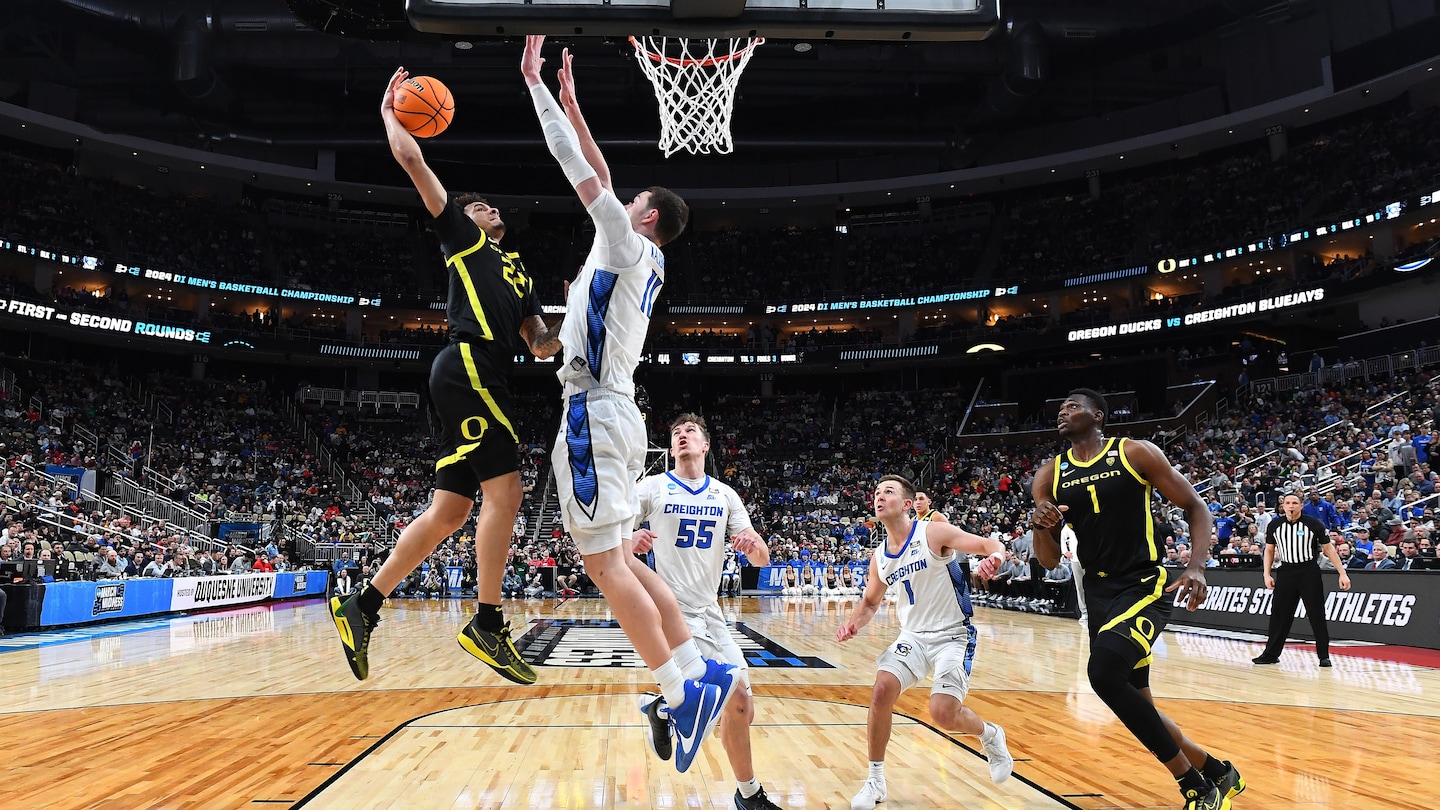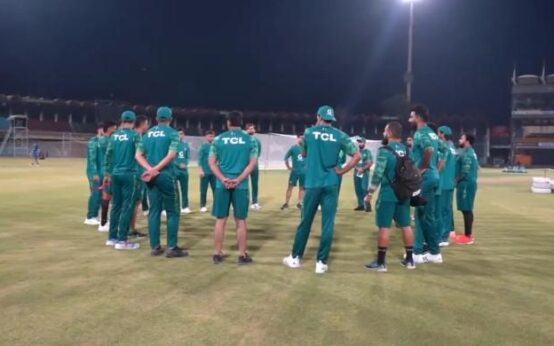After that? Well, there was a good deal of time Sunday afternoon to watch golf.
In the end, all eight No. 1 and No. 2 seeds made it to the Sweet 16. In all, 12 of the top 16 seeds advanced. Only one team seeded lower than sixth is still playing, and that’s North Carolina State, the 11th seed in the South. But the ACC tournament champion hardly qualifies as Cinderella. All credit to the Wolfpack for winning seven straight games, but we aren’t talking glass slipper stuff here.
What we are talking about is lots of yawns and more yawns after that.
Of course neither the NCAA nor the television networks care much about that. Did you happen to notice how many at-large bids the so-called one-bid conferences got? None. The committee loved the Mountain West, didn’t love the Big East and pretty much ignored the smaller conferences. It loved the SEC and the Big Ten, which earned eight and six bids, respectively. Of those 14 teams, four are still playing. On the other hand, the Big East went three for three in teams reaching the Sweet 16, and the frequently maligned ACC (maligned by, among others, me) went four for five, the only loser being Virginia in a play-in game. There are some (again, me) who thought Pittsburgh deserved that fifth bid more than Virginia. Oh, well.
Let’s pause to talk about this tournament expansion nonsense and the leading nonsense-maker, SEC Commissioner Greg Sankey. Sankey came out last week not only for expansion but for more bids for power conferences and fewer for leagues such as the Horizon — which produced Oakland this season and Butler in the past, before the Bulldogs left for the Atlantic 10 and then the Big East. No doubt Sankey thinks the Ivy League, which sent Princeton to the Sweet 16 a year ago and Yale to the second round this season, should play in a tournament for the little kids.
The SEC received eight bids. That’s more than half the league. To its credit, it did produce the two best upsets of the first week: Kentucky and Auburn choking on their résumés in first-round losses.
The power conference commissioners want more bids and, of course, more money. The networks are all for that: More games mean more advertising money. Just what the world needs: more insurance company commercials. And more bad games — which is what you get with more games.
Finding 36 teams worthy of at-large bids isn’t easy, and it shouldn’t be. The last time the NCAA wanted to expand the tournament, I had an argument with Gary Williams, Maryland’s Hall of Fame coach. Like almost every coach alive, Williams was in favor of expansion. The more teams that make the tournament, the less likely coaches are to get fired.
What expansion critics don’t understand, he said, “is how much it means to these kids to say they played in the tournament. It’s a big deal to them.”
I told Gary that I did understand. “The reason it’s a big deal,” I said, “is because it’s hard to get in. Make it easy and it won’t mean as much.”
Still, expansion is coming and it will not be good for the tournament, so enjoy the current format while you can.
The NCAA is so full of itself that it not only put the moniker “First Four” on the play-in games, it trademarked it. Of course, the NCAA will try to trademark anything — including “March Madness.” The organization even tried to call first-round games “second-round games” before the utter confusion that accompanied that decision forced a reversal. If the NCAA could trademark the word “March,” you can bet it would do so in a heartbeat. My poor brother would have to settle for saying his birthday is on “the 31st,” unless he paid the denizens of Indianapolis some kind of fee.
Then there’s the scheduling, completely controlled by TV — which, for the money it pays, is understandable. Saturday’s games began at 12:45 p.m. in the East — which would make perfect sense in a place such as, say, Pittsburgh, a tournament site. But the opening game of the day was in Salt Lake City — which meant a 10:45 a.m. start and a 6 a.m. or so wake-up for Dayton and Arizona. The last game of the day started just after 10 p.m. Eastern, which was a very reasonable 8:03 p.m. or so in Salt Lake City. Except that game was played in Pittsburgh, required two overtimes and ended well past midnight.
The next time someone from the NCAA says its top priority is the welfare of the “student-athletes,” grab your wallet and walk away.
I’ve often said the NCAA tournament is a great event despite the NCAA and the drones who sit on the basketball committee. For years, I suggested that instead of consisting of athletic directors and commissioners such as Sankey — all glorified fundraisers — it should be made up of ex-coaches, men who actually built their lives around understanding the game.
Here’s a list of ex-coaches available for that role: Mike Krzyzewski, Jay Wright, Gary Williams, Dave Odom, Cliff Ellis, Larry Brown, Mike Anderson, Patrick Ewing and Dan Monson. Throw in a couple of media members (no, not me) who know the game as well as anyone and have no biases.
Of course, that will never happen. The NCAA won’t even allow one media member into the room to observe their always totally-above-board decision-making.
So after a mostly boring first weekend, we now return you to hours and hours of commercials and post-10 p.m. tip-offs. All, of course, for the “student-athletes.”


 Best Underground Water Leak Detection Equipment 2024
Best Underground Water Leak Detection Equipment 2024  Best Backyard Ideas: Turn Your Outdoor Area Into a Creative and Calm Haven
Best Backyard Ideas: Turn Your Outdoor Area Into a Creative and Calm Haven  Babar, Rizwan are good players but not whole team, says Mohammad Hafeez
Babar, Rizwan are good players but not whole team, says Mohammad Hafeez  Pak vs NZ: Green Shirts aim to bounce back against Kiwis today
Pak vs NZ: Green Shirts aim to bounce back against Kiwis today